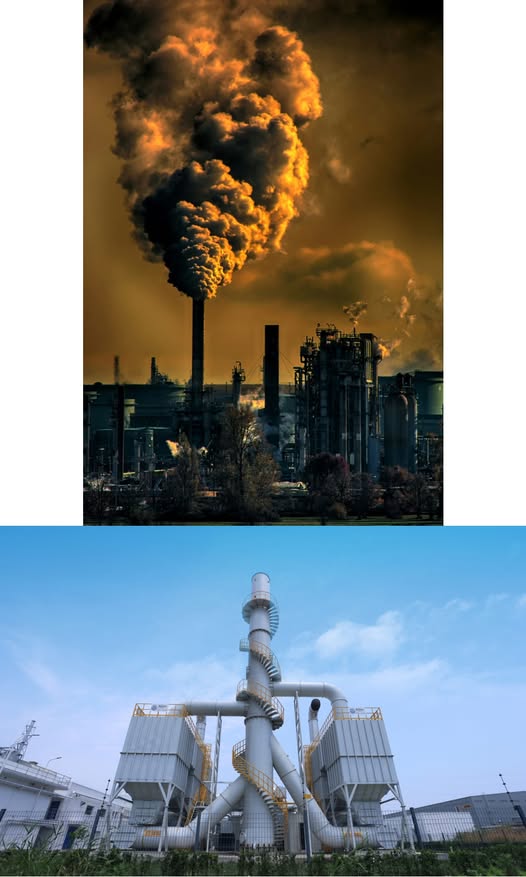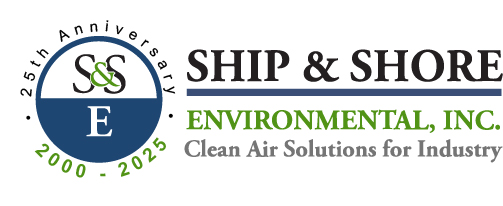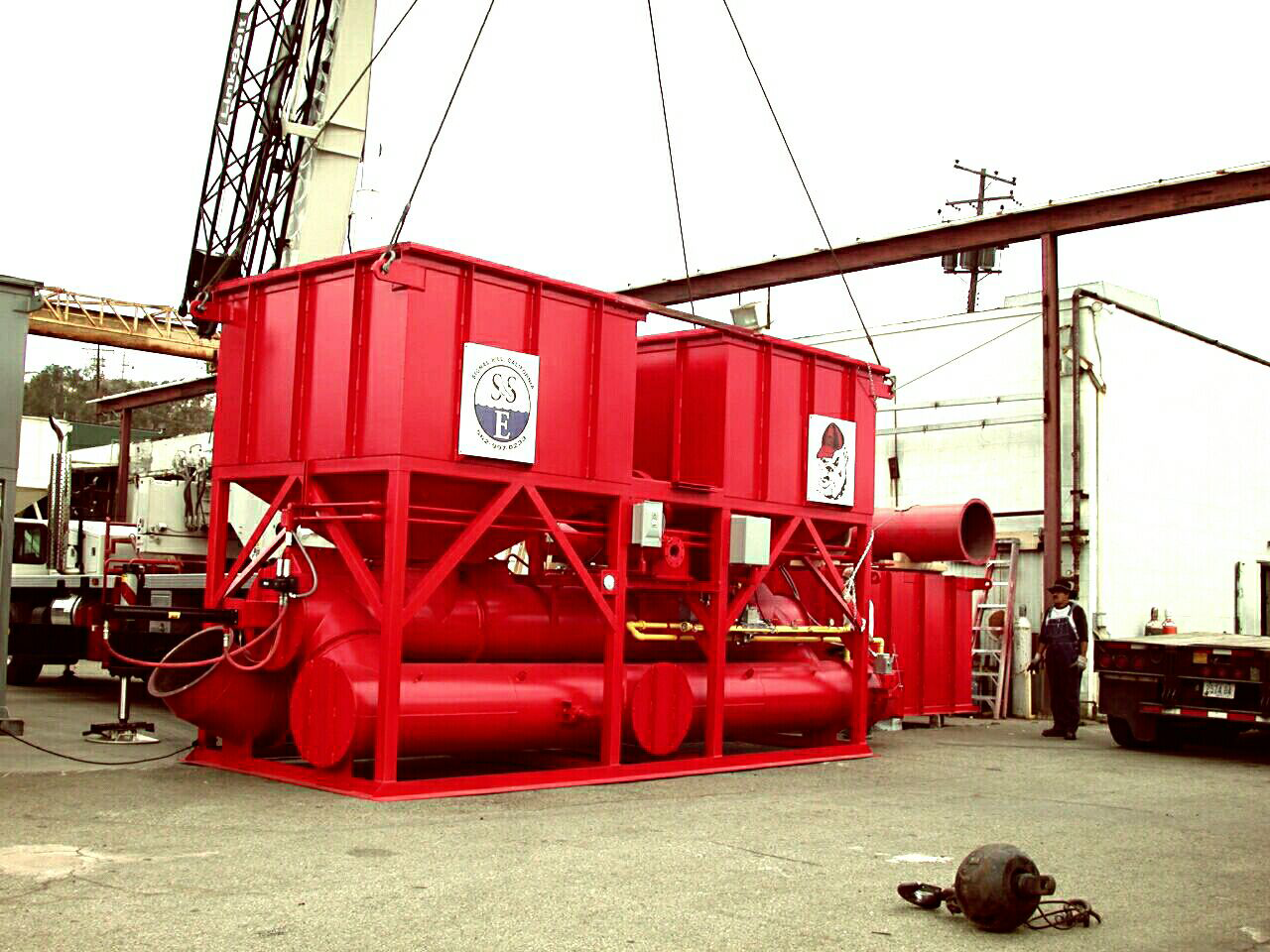
#TechTalk – Tackling Air Pollution and Climate Change: An Integrated Approach
February 5, 2025 9:03 am#TechTalk - Tackling Air Pollution and Climate Change: An Integrated Approach
Air pollution and climate change are two of the most critical and interconnected challenges we face today. Driven by industrial activities, transportation emissions, and energy production, both issues create a feedback loop where each worsens the other. The pollutants released—such as particulate matter, CO2, and other greenhouse gases—have far-reaching consequences for public health, economic stability, and the environment.
Primary Contributors
Industrial Emissions and Energ Generation: Power plants and factories release a range of pollutants, including sulfur dioxide (SO2), nitrogen oxides (NOx), carbon monoxide (CO), and carbon dioxide (CO2). These emissions contribute directly to air pollution and climate change by degrading air quality and increasing greenhouse gas concentrations.
Residential Energy Consumption: Accounting for 27% of global energy consumption, the residential sector is responsible for 17% of global CO2 emissions. As energy demand grows, so does its environmental impact, emphasizing the need for sustainable practices in households around the world.
Short-Lived Climate Pollutants (SLCPs): Methane (CH4), black carbon (BC), and hydrofluorocarbons (HFCs) have a much shorter atmospheric lifespan, but a much stronger climate impact compared to long-lived gases. These pollutants also contribute to deteriorating air quality, posing further risks to both human health and food security.
Health and Environmental Impact
The toll of air pollution is dire, with millions of lives lost each year due to conditions like heart disease, stroke, and lung cancer. Climate change compounds these health problems by amplifying the severity of extreme weather events, such as heatwaves and flooding, while also contributing to the spread of infectious diseases.
Technological and Policy Solutions
Monitoring and Modeling: Advances in air quality measurement and climate modeling are helping to improve pollution tracking and response strategies. More accurate data allows for better-informed policy decisions and targeted interventions.
Emission Reduction Technologies and Economic Tools: From cleaner technologies to carbon capture and emission reduction devices, industries have the tools to significantly cut pollution. Additionally, market-based solutions like carbon taxes and emission trading systems provide incentives to reduce emissions across sectors.
Ship & Shore Environmental, Inc.: Leading Environmental Solutions
At Ship & Shore Environmental, Inc., we provide cutting-edge solutions designed to reduce industrial emissions and improve air quality. Through customized pollution abatement systems, we help businesses meet regulatory standards while minimizing their environmental footprint. Our expertise highlights how combining innovative technologies with policy solutions
Contact sales@shipandshore.com or call +1(562) 997-0233 to learn more.

Categorised in: Industry news, News, News, Ship & Shore, TechTalk

